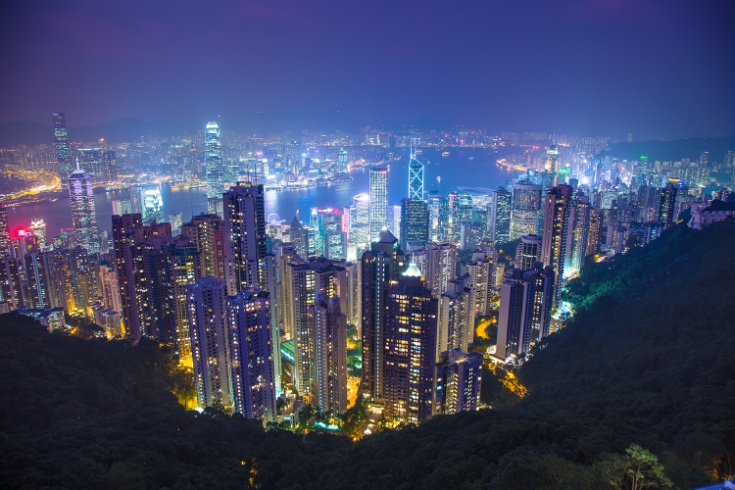Tuesday, September 29, 2015 | By: Jim Zuckerman

Photoshop is not just used to alter reality and to create wild special effects. It is also an invaluable tool to overcome the limitations of digital technology. For example, contrast gain is a typical failing of our digital sensors, but by applying Photoshop techniques to lighten shadows and tone down highights, we can bring our images within the dynamic range more closely related to what we see with our eye/brain combination. This picture of Hong Kong I took last night shows what I'm referring to . The subtle detail in the foreground treetops, the light shadows on the buildings, and the sky that isn't overexposed all were possible by using various sliders in Adobe Camera Raw (or Lightroom).
Leave a comment
5 Comments
Sep 30, 2015, 10:15:26 AM
Jim - Hi Daniel,
Thank you for the compliment. Regarding the Windows program, I have never used it so I can't comment on it intelligently. However, I'll say that adjusting contrast, saturation, etc. is very basic, and most programs will do the same thing for these basic changes. With Photoshop, though, you can make detailed and complex selections so you can apply changes to specific areas.
Sep 30, 2015, 9:47:20 AM
Daniel Reynaud - Thank you for taking the time to answer so promptly, I now see the difference between both. Enjoy your day !!
Sep 30, 2015, 7:55:10 AM
Daniel Reynaud - Beautiful shot, as always !! Question : When it comes to just adjusting the basics, such as contrast, highlights and shadows, is there a real difference between Photoshop and Windows Live Ohoto ? Thx.
Sep 30, 2015, 1:46:51 AM
Jim - Thank you, Barbara. This has to be one of the greatest views on the planet. It really takes your breath away.
Sep 29, 2015, 11:21:54 PM
Barbara Vickers - WOW!